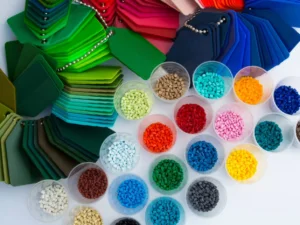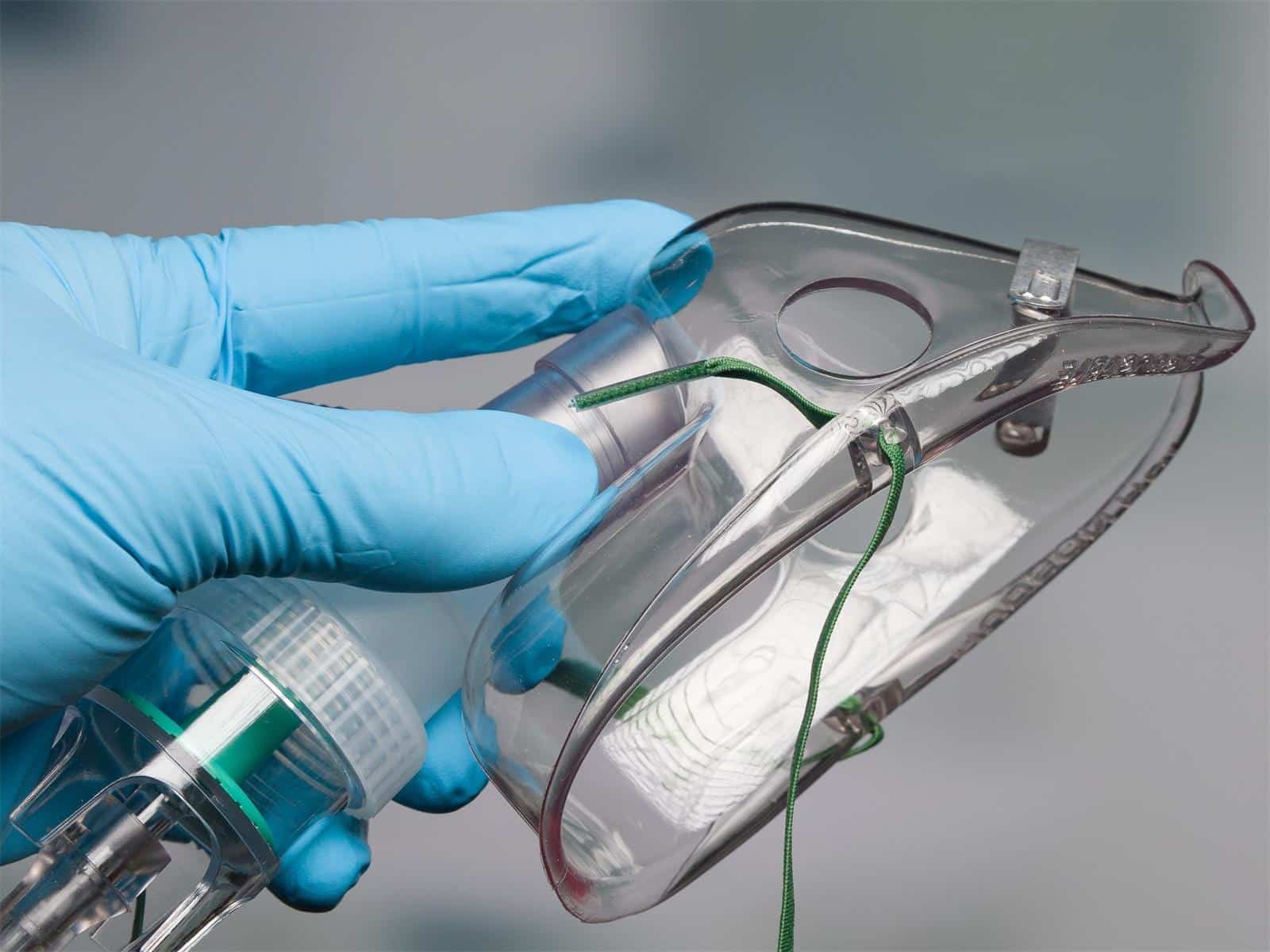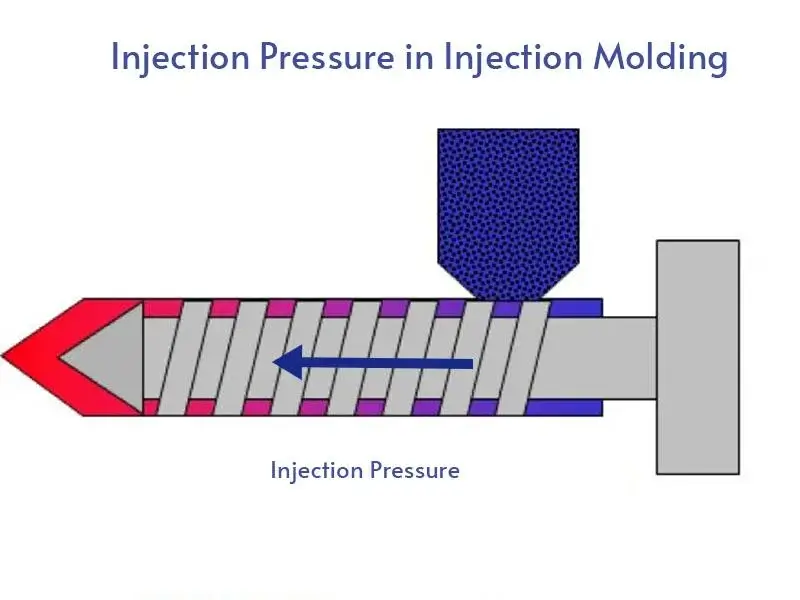When evaluating plastic production methods, people often compare blow molding vs injection molding because these two processes cover a wide range of structural and functional requirements. Although they both rely on thermoplastics and automated machinery, their capabilities differ significantly. This article reviews the difference between injection moulding and blow moulding from multiple angles and presents a clear framework for choosing between them.
Overview of Blow Molding VS Injection Molding
In plastic manufacturing, blow molding and injection molding are two primary processes used to produce parts. Blow molding creates hollow items, while injection molding forms solid components.
What is Blow Molding?
The blow molding process begins with a parison or preform that is heated and positioned inside a mold cavity. Air pressure inflates the material until it conforms to the internal shape of the mold. This technique is used primarily for containers, tanks, ducts, and other hollow bodies where continuous wall structures are required. Typical advantages include lower material usage, efficient high-volume production, and suitability for lightweight, large-volume parts. Its limitations include moderate dimensional accuracy, limited surface detailing, and challenges in achieving uniform wall thickness.
What is Injection Molding?
Injection molding melts plastic pellets and injects the material under high pressure into a closed mold. The plastic fills the cavity, cools, and solidifies before ejection. The method offers excellent dimensional control, repeatable quality, stable mechanical performance, and compatibility with a wide range of engineering-grade polymers. Limitations involve higher mold costs and unsuitability for hollow parts without additional steps.
Comparison Between Blow Molding and Injection Molding
| Aspect | Blow Molding | Injection Molding |
|---|---|---|
| Part Type | Hollow products, thin-walled | Solid or complex products |
| Pressure | Low (air expansion) | High (hydraulic injection) |
| Geometry | Simple to moderate | |
| Highly detailed | Forever | Mold Material |
| Tolerances | Moderate | Tight |
| Surface Finish | Functional | High cosmetic quality |
| Wall Thickness | 0.5 mm to 5 mm | |
| Tooling Cost | Lower | Higher |
| Ideal Volume | Medium to large | Medium to extremely large |
| Common Polymers | HDPE, LDPE, PET | ABS, PC, PA, PP, reinforced plastics |
Design Comparison Blow Molding vs Injection Molding
Design considerations differ significantly in blow molding vs plastic injection molding due to process mechanics.
Geometry
Blow molding suits hollow geometries, such as bottles or tanks, formed in one piece. It handles elongated or symmetrical shapes well. However, part designs that include pronounced ribs, undercuts, or intricate features are difficult to achieve.
Injection molding is capable of producing detailed geometries with multiple functional zones. Features such as internal ribs, mounting points, alignment keys, overmolded structures, and threaded inserts are all feasible. It supports multi-part assemblies in a single mold.
Wall Thickness
In blow molding, achieving fully uniform wall thickness across the entire part is challenging because the material stretches during inflation. We must account for thinning in high-strain regions, which may require optimized parison design or process adjustments.
Injection molding provides consistent wall thickness due to the controlled cavity and injection pressure. The predictable wall structure improves mechanical performance, stability, and dimensional reliability.
Tolerances
Blow molding supports moderate tolerance levels (±0.5 mm) suitable for containers or products where slight dimensional variation is acceptable.
Injection molding, by contrast, handles tight tolerances(±0.05 mm) and precise fits. This difference is one of the core factors influencing decisions in the blow vs injection molding discussion.
Surface Finish
Blow-molded parts usually have functional surfaces with limited texturing. Cosmetic requirements can be met, but not at the same level as seen in injection molding.
Injection molding offers a wide range of surface finishes, from smooth to textured, depending on the mold design.
Materials Comparison with Blow Molding and Injection Molding
Material selection varies in blow vs injection molding based on flow and performance needs.
Materials for Blow Molding
Blow molding primarily uses polymers with good melt strength and flexibility, including: HDPE offers durability, PET offers clarity, PP offers flexibility, and PVC offers chemical resistance. These resins have lower viscosity to control wall distribution during expansion.
Materials for Injection Molding
Injection molding accommodates a wider range, including ABS, polycarbonate, nylon, and filled composites for added strength. High-flow grades ensure complete cavity filling under pressure.
Cost Comparison with Blow Molding and Injection Molding
Tooling Costs
Blow molding tools typically cost less because the mold structure is simpler and does not require the precision or complexity associated with injection molds.
Injection molding tools involve complex cooling channels, multi-part mold structures, and hardened steel materials, resulting in a higher upfront investment.
Production Costs
Blow molding offers efficient material usage and fast cycle times for hollow objects. Its part cost is low.
Injection molding becomes cost-efficient at scale due to automation and high production speed, although material and processing costs may be higher per part compared to blow molding of a similar size.
Production Volume
For small batches, blow molding often provides a more economical approach because of the lower tooling cost.
For large volumes, both processes can achieve strong cost performance, but the choice depends heavily on part geometry and functional requirements.
Applications of Blow Molding and Injection Molding
Blow Molding Applications
- Beverage bottles and food-grade containers
- Storage tanks and chemical containers
- Automotive ducts and reservoirs
- Medical vials and pharmaceutical containers
Injection Molding Applications
- Consumer electronics housings
- Automotive interior and structural parts
- Medical components and diagnostic devices
- Connectors, caps, closures, and mechanical assemblies
How to Choose Between Blow Molding and Injection Molding?
Choosing between blow molding and injection molding depends mainly on the structure and performance requirements of the part.
- Injection molding is generally the better option when the product needs to be solid, rigid, or include precise features such as mounting points, threads, or cosmetic surfaces. It produces detailed components with reliable dimensional accuracy.
- Blow molding, in contrast, is more suitable for hollow parts that must be lightweight, flexible, or capable of holding fluids. It is commonly used for bottles, tanks, ducts, and other large-volume hollow shapes.
While both techniques use different tooling structures and operating principles, the unit cost can be similar when part dimensions and material weights are comparable. In practice, the selection comes down to whether the design requires a solid, highly detailed structure or a hollow form optimized for volume and material efficiency.
Partner with Jiangzhi for Reliable Plastic Projects
Both blow molding and injection molding offer strong advantages within their respective domains. The decision between the two depends on clear requirements considerations rather than on the similarities between the processes. Jiangzhi provides professional support for injection molding, helping customers analyze design requirements, material performance, and long-term manufacturing costs. Welcome to contact Jiangzhi for tailored solutions for your project.







